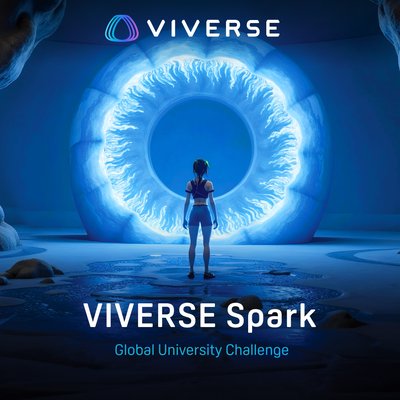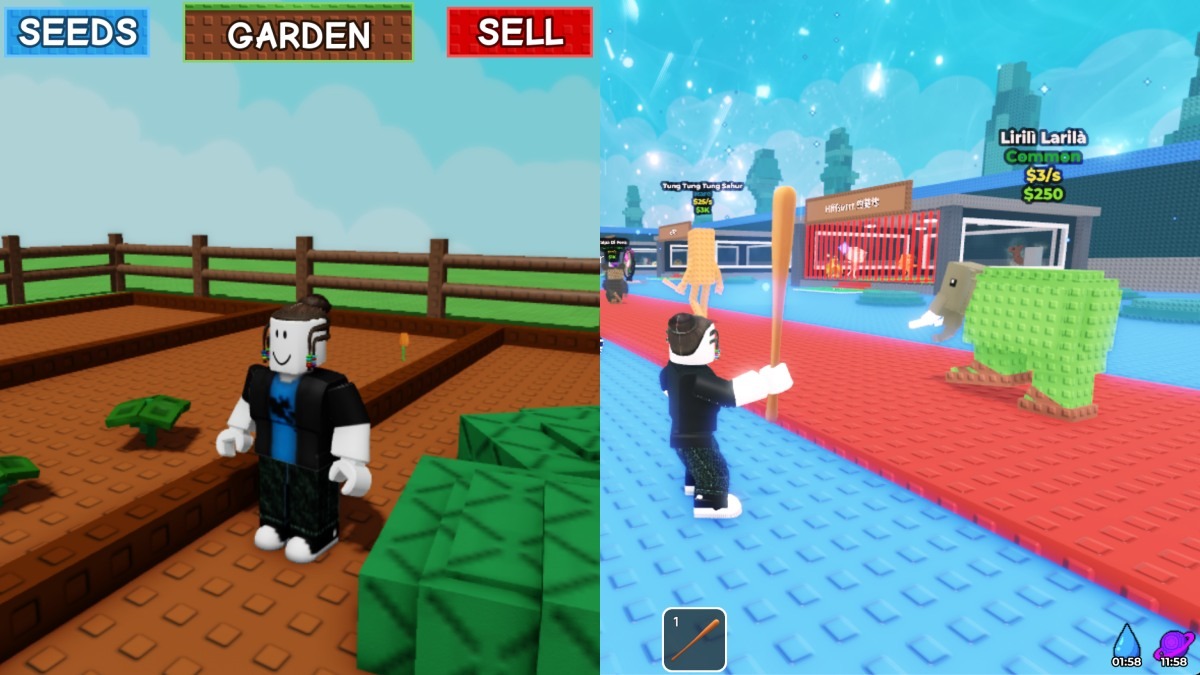If onomatopoeic-named VR shooters are your kind of thing, well then, BAAM SQUAD (the title must be shouted at all times) is your jam. We yelled at Eric Song, director at 5minlab, until he gave us some answers to our questions.
Interview by Nathan Ortega, Vive Staff
Tell us a little about your development team’s origins.
5minlab is a mobile/VR game developer based in Seoul, Korea. I joined 5minlab in early 2014 as a co-founder, and back then we were only a five-person team. Now we have around 20 team members.
When excitement for VR began to pick up in 2015, we started experimenting with the technology and produced the Gear VR title Snake VR, which ended up being an unexpected success. As a result, we’ve adjusted our direction to invest more efforts in VR games. We then released Toy Clash in 2017, which was the first VR title that we invested a lot of development time and energy into. Unfortunately, it didn’t quite perform financially the way we were hoping for.
Our next VR experience BAAM SQUAD came out in April of 2018. It has been relatively successful sales wise, and has garnered a sizable fanbase worldwide, which is great to see.
Speaking of BAAM SQUAD – tell us what it’s about.
For those unfamiliar, BAAM SQUAD is a single/multi playable zombie shooter following a band of four brave agents seeking to solve the mystery case of Santana town’s Sweets Factory. In the game, you need to survive as long as you can by roaming around the factory, unlocking doors to find better weapons and fending off zombies coming for your blood. As the game continues, more increasingly challenging enemies will emerge, so it is important that you keep upgrading your weapons and maintain enough ammo.
BAAM SQUAD supports 100% free locomotion with almost no motion sickness (according to our players). As it’s part of Viveport Subscription, you should try it if you haven’t yet!
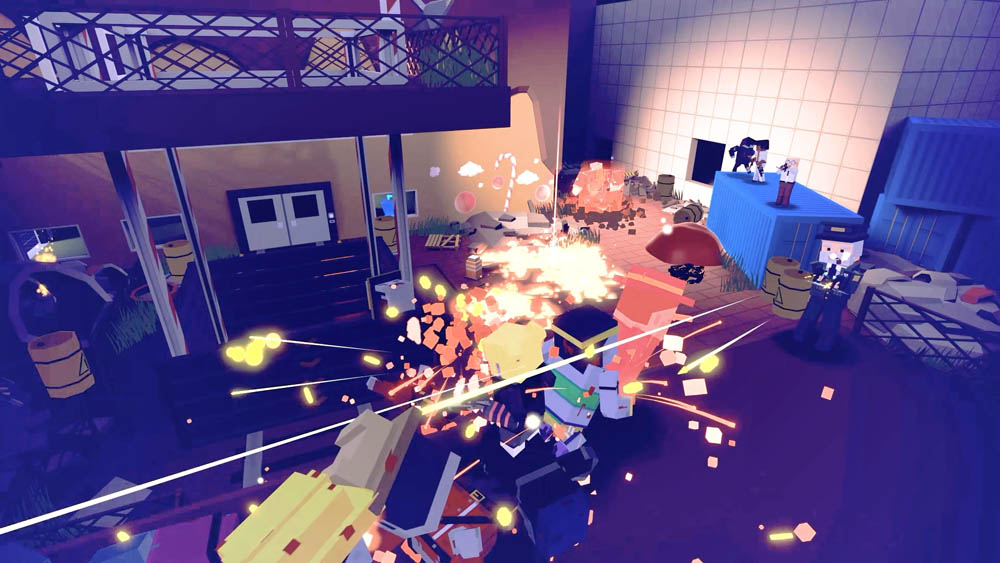
We absolutely agree! Now, BAAM SQUAD is pretty colorful and absurd – in the good way. Where did the concept come from?
I’ve been a big fan of zombie shooters since my childhood, so the idea of making a game in this genre was always on my game development bucket list. When I started to make BAAM SQUAD, I did a little research on VR zombie shooters, and discovered that most of them focused on scaring players with realistic and gory visuals, keeping them stationary while they shot at hordes of the undead.
I didn’t really like the idea of making players feel trapped in confined spaces only to be scared and unable to escape the encroaching threat, so I wanted us to have a different approach to the concept that focused on empowering players to move freely in a zombie scenario and do do so without fear.
What were some key gameplay inspirations for creating such a wild and wacky experience?
The idea of defeating zombies with arsenal of weapons is not a new concept. As mentioned previously, I’ve been a big fan of undead shooters for years, with games like Call of Duty: Zombies and Left 4 Dead as major inspirations. From the project’s inception, I wanted to bring these kinds of experiences together and take it to the next level with the fidelity that VR allows.
We placed the game in a ‘sweets factory gone awry’ in order to provide a greater visual contrast to the zombies: the vibrant, colorful nature of sweets helps further illustrate the rotten and alarming element of the shambling undead horde.
BAAM SQUAD combines voxel style blocky graphics with over-the-top zombie shooting action. Was this visual style and sensibility always envisioned for BAAM SQUAD or did it evolve over time during development?
The visual style came about as a result of our initial design ideas as well as working with limited development resources.
With only one graphic designer from the project’s beginning, we had to significantly rely upon purchasable game assets which have their own visual style. The end result was that it helped set the game apart from other zombie shooters, and the Minecraft-like characters allowed for more manageable headshots, which actually improved the player experience (we were wrestling with this particular element earlier in development and so the art style ended up solving game design issues!).
Your previous titles were predominantly single player experiences. Were there any particular challenges in developing a satisfying co-op shooter, especially in VR?
BAAM SQUAD is our first real-time multiplayer game ever made in the studio, so a lot of focus was on to make the user experience feel satisfying and consistent and to ensure the game stayed synced between players.
Co-op is all about role sharing experience in a given context/situation, so if a given situation (eg. How many zombies are around players, where each player locates at) looks different for each player, the communication between them becomes almost impossible. We worked very hard to make this happen, and there were some features we decided to exclude, such as a melee attacking the zombies, in order to achieve that goal.
Delivering a satisfying communication tool between players was also one of our goals. The result was that we introduced a voice chat feature; because you cannot type messages using keyboards while wearing a VR headset. We also made visually distinctive characters (Ben, Adam, Abe and Mery – hence ‘BAAM’ SQUAD) and locked the ability to have more than two players with the same looking character in a game, so that each player can be visually distinctive at a glance.
How has BAAM SQUAD evolved throughout the development process? Were there any discoveries that came about from observing player behavior that has helped shape the course of the game?
We feel lucky that a lot of players love BAAM SQUAD and that they leave a lot of useful feedback in order to improve the experience. We tend to look at this through two channels. One is our official discord community (https://discordapp.com/invite/9dqnMne) where there are more than 600 users sharing ideas, suggestions, bug reports and general issues about the game. We are also actively involved in these conversations to try deliver the best game experience. We are grateful to have such a warm hearted and nice community that loves and supports BAAM SQUAD (if you haven’t join the community, you are welcome to come in).
The other channels we look at are YouTube and Twitch. We monitor every video we can find in order to fix bugs players encounter and what design changes we might need to make to improve the game. Although we implemented analytic tools in the game, watching a gameplay video gives much more inspiration as to how we can improve the gameplay experience.
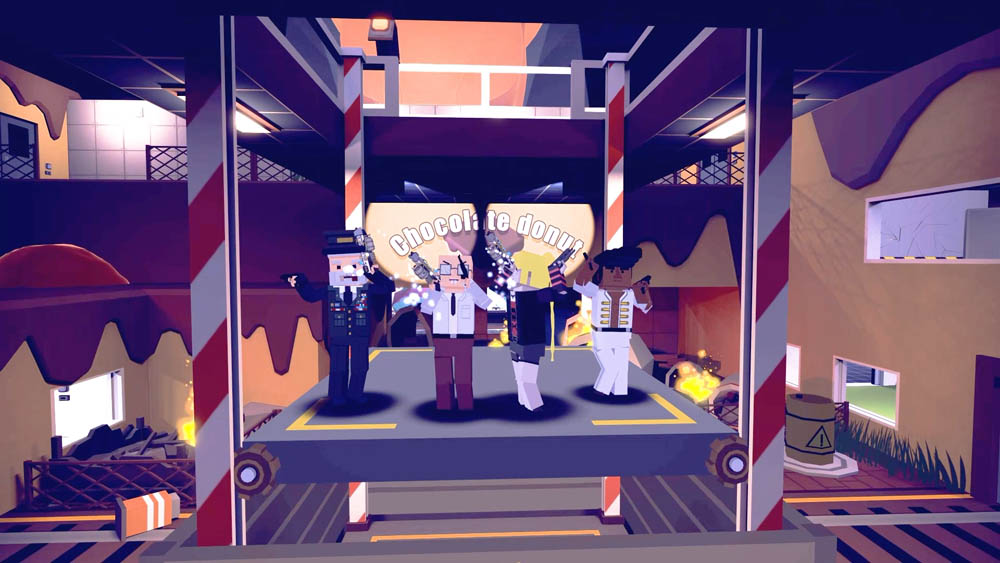
How long did it take to complete BAAM SQUAD and how big was the development team?
It took exactly one year from the beginning of development to an official launch. To talk about the team size, we started with one director (me), two programmers and one graphic designer. I was also in charge of designing the game and making sound assets, so we didn’t really need an extra member to do this. But as the game grew in size and became more complicated, the team needed someone to provide good UI interpretation, so I decided to have one UI designer and additionally one QA tester to make sure there are least bugs as possible before it is introduced to the players.
So in short, we started as 4 and grew up to 6 members.
Talk a bit about 5minlab’s other projects, specifically Toy Clash, and how your experience making a VR focused tower defense title influenced the design process for BAAM SQUAD?
I wasn’t involved in the development of Toy Clash, so BAAM SQUAD is my first official and commercial VR title. But as a player of Toy Clash, the first impression I got was “Why do I have to be stuck at a confined area just looking at a table, given that I am in a VR space?” The reason I felt so was because I believed (and still believe) that a sense of ‘being in a particular space’ is one of the most powerful experience you can have in VR, and to enhance this experience, being able to move around is a must.
The only problem that many VR developers (and I) have though, is that this movement very likely evokes a motion sickness. So my first goal in the project was to reduce or minimize this motion sickness while moving around in a VR space, and I believe we achieved that goal with BAAM SQUAD.
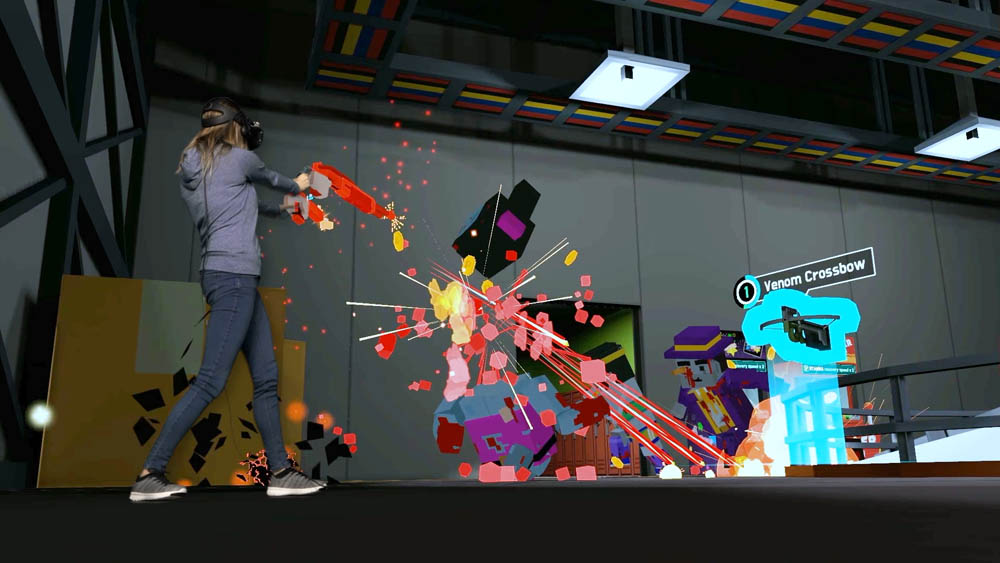
Your studio’s library of games all have a funny and irreverent tone to them. Is humor a big focus for your team when designing games, or does it happen more holistically throughout the development process?
5minlab so far has released 4 mobile games and 3 VR games so far, and all these games have irreverent tone because each project has had different graphic designers. I can’t say humor is a big focus in designing games, but our primary goal has always been to make people fall in love with the game within 5 minutes of gameplay experience. To do this, each game has to have not only its own unique look and feel, but also can be played by all ages, genders and cultures. We are trying to make games that can appeal to as many people as possible.
On a related note, I have to ask: Seriously, WHAT went down at Santana’s Sweets Factory? That place cannot be up to code at this point!
That’s the top secret haha. But I can say that zombies in the factory are NOT only looking for a human flesh. Notice how they are reacting to the Gingerbread man item, which is one of the main products made in Santana’s Sweets Factory. There is something about that gingerbread man….
What’s in the future for 5minlab? Can we look forward to more explorations into the world of VR from your team?
We are currently working to improve the gameplay experience for BAAM SQUAD based on feedback we have from our players. We encourage everyone to join the community and talk about the game with us, especially as we continue to explore new possibilities in the world of VR!
Apart from it, we are also making a new game for PC and mobile platforms, which will be a completely new genre for us. Please keep your eye on us, and also on BAAM SQUAD. Thanks!
Thanks for talking to us, Eric!
BAAM SQUAD is available on Viveport, and as part of Viveport Subscription.



